Nick Bannikoff and Carlo Giannasca explain why they’re on a mission to build a strong community of experiential designers here in Australia.
Nick Bannikoff: Many people still think ‘experiential design’ means logos on walls. How do you define what we do?
Carlo Giannasca: From our perspective, experiential design is about adding elements to a space that create moments of surprise or joy – it’s often an intangible, indefinable X-factor. I don’t think you can underplay the value of what we do as creatives who enhance people’s wellbeing through environmental and wayfinding design. If you’re designing a space that’s pleasant to be in, people are happier to come to work – and that elevates the company’s brand.
Nick: The experiential design community is probably larger than we think it is here in Australia. We have interior, graphic, wayfinding and experiential designers, architects and fabricators, but we’ve also got exhibition, event and set designers – we could all benefit from collaborating more.

Atlassian HQ with a new pixel branded element by Brand Culture.
Carlo: Definitely. Australian designers have an amazing pedigree in creating experiential design pieces. We should celebrate that. If we’re engaged at the same time as architects and interior designers, we can create really amazing, embedded brand expressions where you really can’t tell where the interior design or architecture ends, and the branded graphic expressions start. The whole thing feels like one complete creative piece. For me, that’s the ideal.
Nick: A big part of our role is explaining to clients that the connection to brand can be very subtle – no one wants to see a logo blinking at them every day of the week. Some brand custodians are still very protective. They might not realise that the brand designer was more focused on print and digital media than how it might be applied in the built environment. Yet the most successful workplace schemes we’ve developed are those where the branding is embedded into the interior architecture and isn’t too overt.
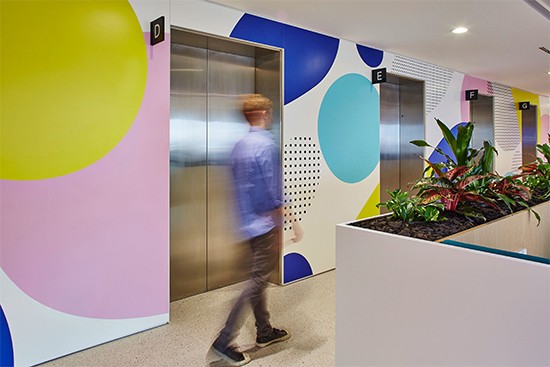
Water NSW by Urbanite.
Carlo: It’s always a collaboration. We’re not trying to fight against what architects create, we want to enhance their work. We usually kick off a project by asking the client to express how they see their brand. Typical questions are: ‘Someone walks into your office or space. What do you want them to think about your organisation? How do you want them to feel when they walk into a space?’ Getting them to articulate those emotional and rational responses helps them think from an end user perspective, rather than being very dictatorial about their brand.
Nick: I think the connection between wayfinding and wellbeing is also really interesting. If you’re in an airport or hospital and you have trouble finding where you want to go, that’s a really stressful predicament.
Carlo: Wayfinding empowers the end user by giving them the tools they need to get from A to B in the quickest, least stressful way possible. No one likes to get lost, unless you’re on holiday wandering the back lanes of some European city.

Barangaroo T2 by Woods Bagot with wayfinding by Urbanite.
Nick: I don’t mind getting lost on holidays. I’ll walk out the front door of a hotel or train station, and think, ‘That looks interesting – let’s go’. When I’m designing wayfinding systems for a large environment like a university or campus, I often start off with that approach – I just walk around for a couple of hours and see where it leads me. Getting lost can be a very good design tool.
Carlo: One trend I’m noticing is a much stronger emphasis on designing with the end user in mind. I am seeing requirements emerge that mandate the need to demonstrate a methodology for testing design work – interviews, surveys and lo-fi prototyping are inevitably going to become an important part of the formal design process. Then if it’s not working, fine-tune it.
Nick: I agree – our government clients have really started to pick up on the importance of having an evaluation process. It’s about saying: ‘Okay, we’ve made these assumptions. Now let’s actually talk to people afterwards and find out what the truth of the matter is.’ Most of the time we get it right, thankfully!
INDESIGN is on instagram
Follow @indesignlive
A searchable and comprehensive guide for specifying leading products and their suppliers
Keep up to date with the latest and greatest from our industry BFF's!

A curated exhibition in Frederiksstaden captures the spirit of Australian design

London-based design duo Raw Edges have joined forces with Established & Sons and Tongue & Groove to introduce Wall to Wall – a hand-stained, “living collection” that transforms parquet flooring into a canvas of colour, pattern, and possibility.

Welcomed to the Australian design scene in 2024, Kokuyo is set to redefine collaboration, bringing its unique blend of colour and function to individuals and corporations, designed to be used Any Way!

For Aidan Mawhinney, the secret ingredient to Living Edge’s success “comes down to people, product and place.” As the brand celebrates a significant 25-year milestone, it’s that commitment to authentic, sustainable design – and the people behind it all – that continues to anchor its legacy.
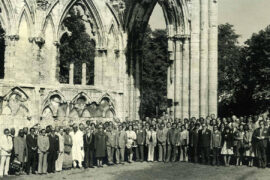
Celebrating six decades of architectural excellence, the Commonwealth Association of Architects launches a year-long campaign.
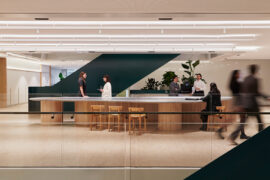
Law is one of the oldest professions in the world but Architectus’ new design for Ashurst Sydney’s workplace at 39 Martin Place reflects and responds to contemporary shifts.
The internet never sleeps! Here's the stuff you might have missed
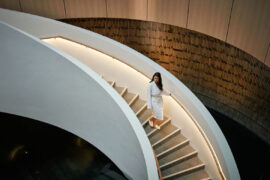
Experience sustainability and luxury in one unforgettable stay! Alba Thermal Springs joins the Sustainability Summit as our exclusive prize partner.
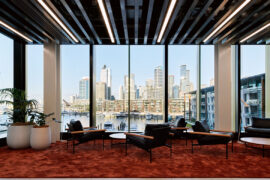
Warren and Mahoney’s design for Beca’s Auckland headquarters turns the mechanics of engineering into poetry, rethinking how workplace design can reveal its own systems.